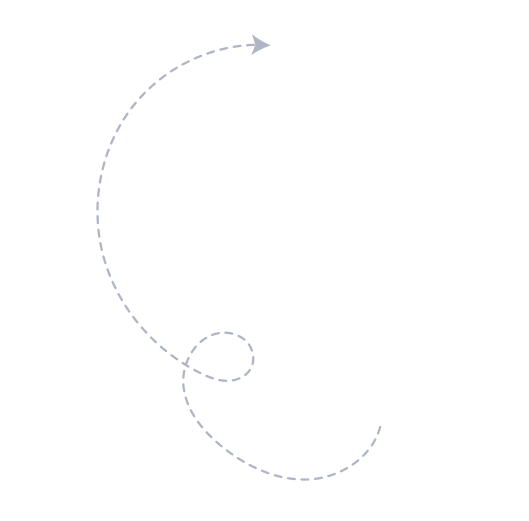The multiple modality approach A pill, an injection, an infusion. These are some of the things many of us think of when we hear the terms medicines or treatments. Some of them can be kept at home in the medicine cabinet or the fridge, while others are only available at the doctor& office or specialty centres.
Beyond how a treatment enters your body, our drug developers are reaching into an expanding toolbox of modalities that allows them to address any facet of a disease. With the advent of new technologies that target disease-causing proteins, DNA or RNA, scientists have the potential to single out and correct problem areas within our biology. Each person might respond differently to an identical treatment for a particular disease. The big challenge for those in drug discovery is how to develop solutions for all—therapies that fit patients according to their needs.


The human brain, is the most important part of our body and is protected by multiple layers, including the blood-brain barrier that keeps out pathogens and toxins that may be in our blood. But it can also keep potential treatments from reaching their target. In addition, the sheer complexity of the brain, with a variety of passages leading in and out, means that there is no single approach or technology that could work for every neurological disease. “We are all here because we want to work on potential treatments for people with neurological diseases,”. And we don’t want to limit ourselves by focusing on a single method – we want to identify the target and the best way to modulate it so that we can get treatments to those who need them.” But it’s also about giving people treatment options, she says. “The best way for us to do that is by investigating multiple methods of treatment that target these diseases using different techniques."
